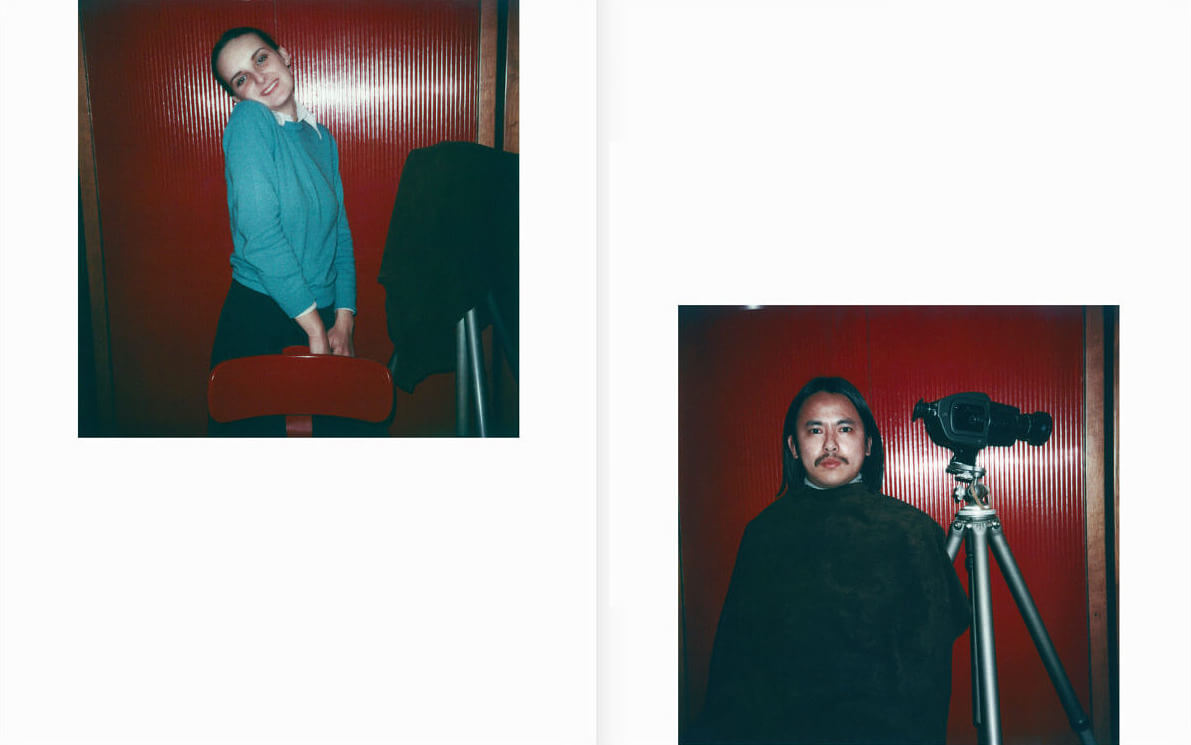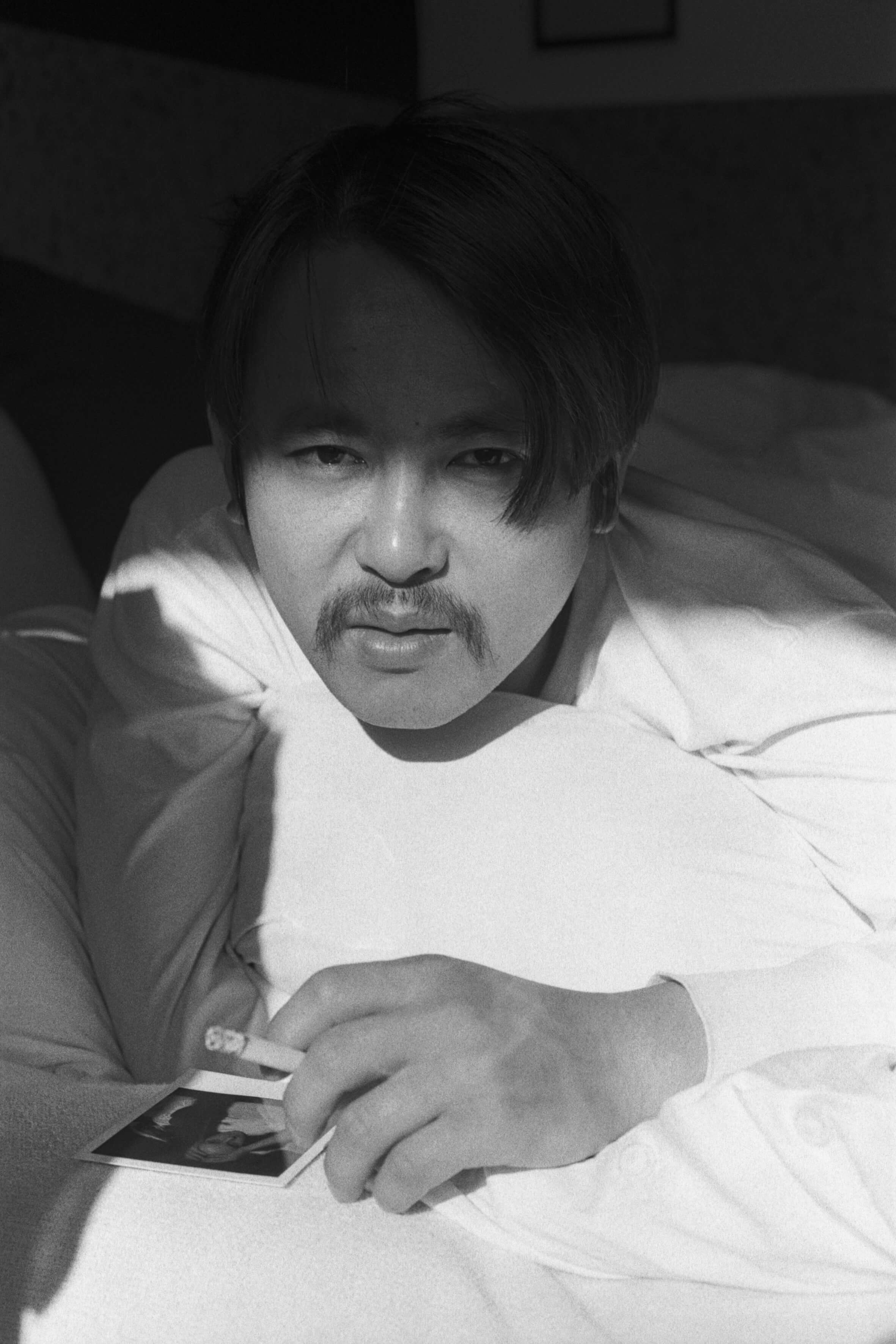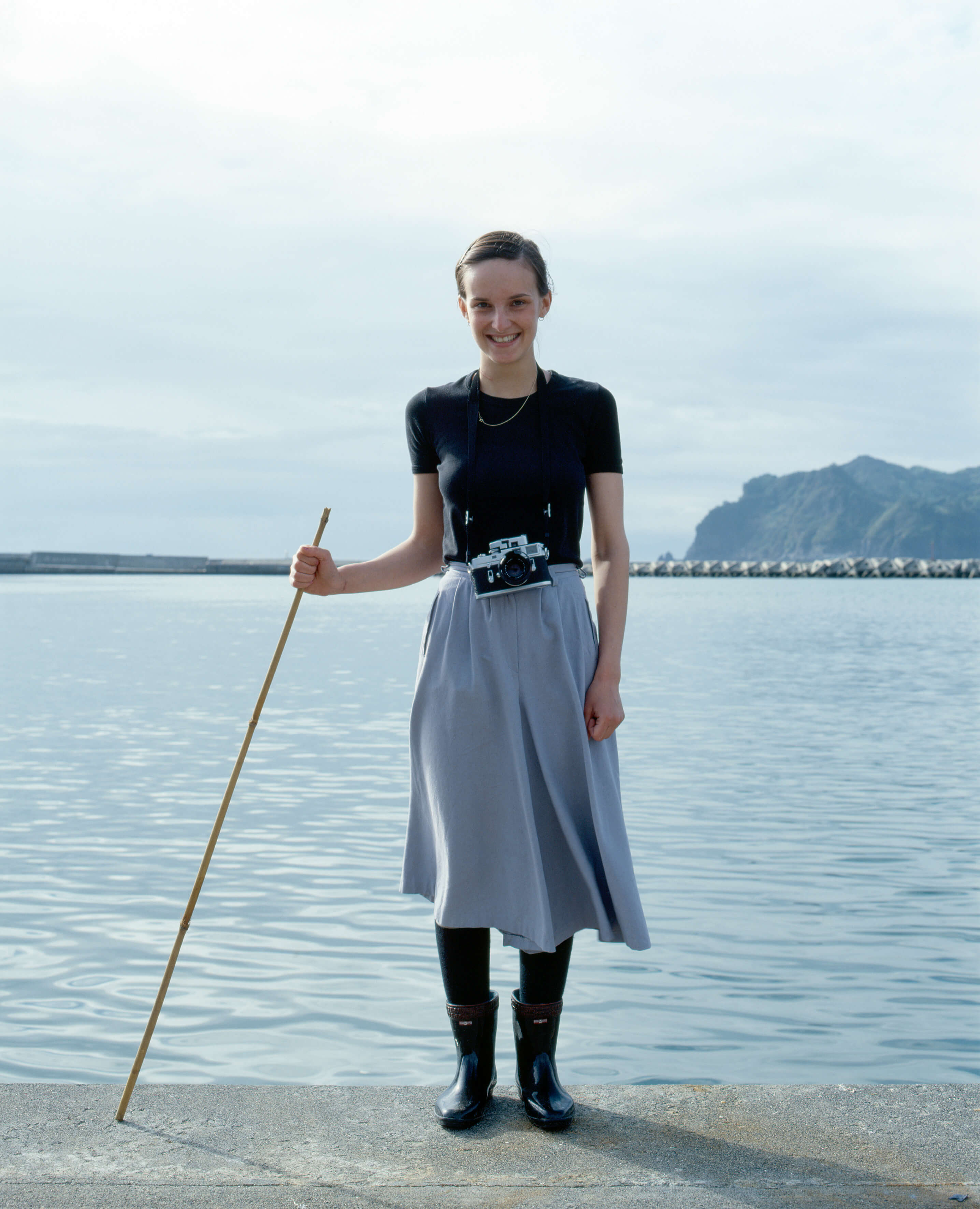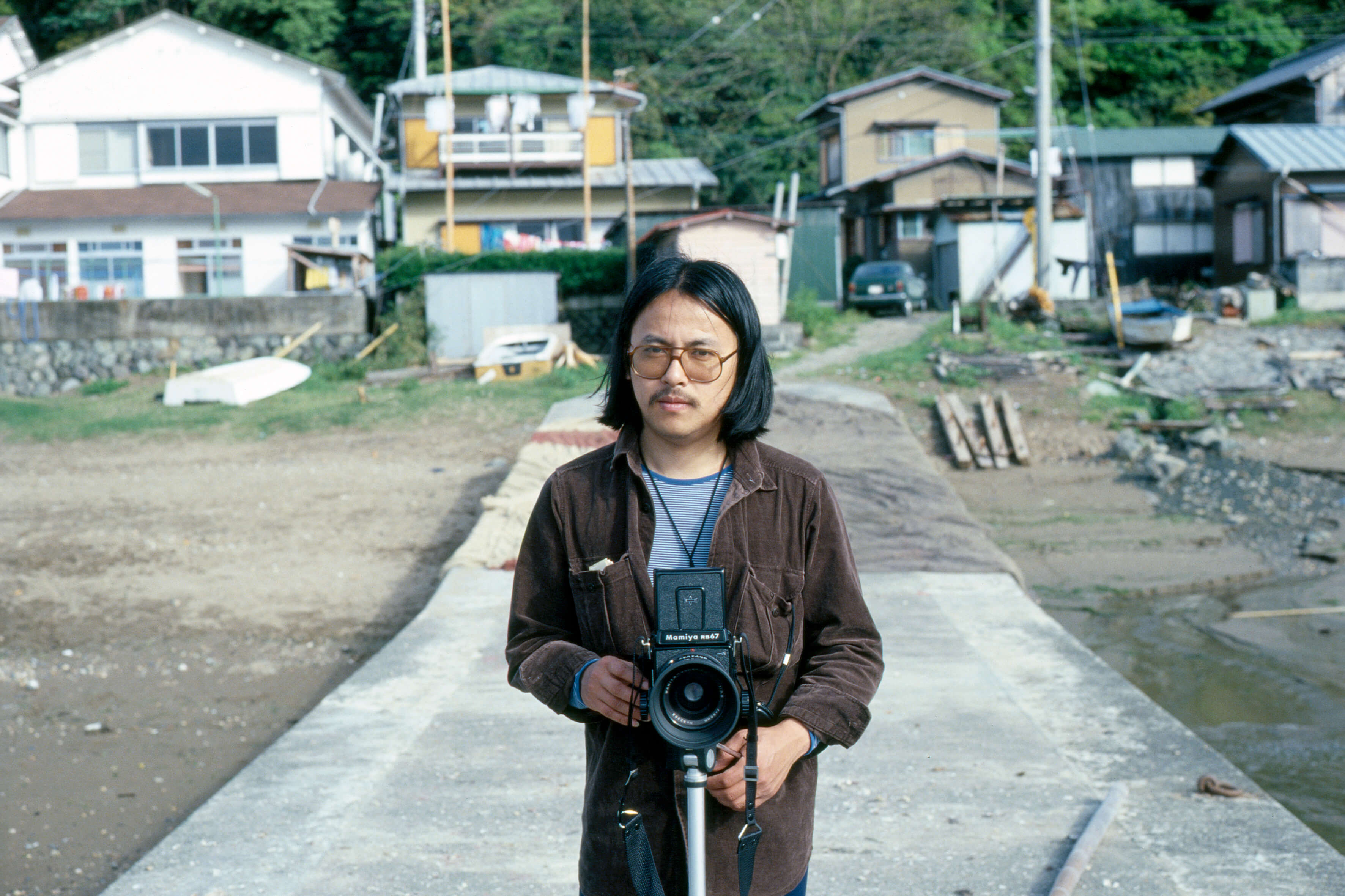Seiichi Furuya and Christine Gössler, Love and Violence Brought Face to Face
35 years after his wife committed suicide, as a tribute, the photographer placed her portraits side by side with his in 'Face to Face.'

Graz, 1978 (c) Seiichi Furuya & Christine Gössler / Chose Commune
After the death of his wife Christine Gössler—who committed suicide in 1985—photographer Seiichi Furuya dedicated five books to her work and their relationship in a series entitled Mémoires, published between 1989 and 2010. Released in 2020, Face to Face contains 150 pairs of photographs taken over seven years of life spent together.
Founder of the magazine Camera Austria, Seiichi Furuya left Japan in 1973 to settle in Graz, Austria. His life and work would be turned upside down in 1978 when he met Christine Gössler, a history student who later moved into theatre. The first part of his body of work was devoted to scenes of everyday life in cities in Eastern Europe, but after he met Christine, Seiichi Furuya dedicated himself to photographing portraits of his wife, alone or with their child. In 1984, the family moved to Dresden, then East Berlin, where Seiichi Furuya—who was not yet making a living from photography—worked as an interpreter. On 7 October 1985, which marked the thirty-sixth anniversary of the German Democratic Republic, Christine, who suffered from schizophrenia, committed suicide.
Shared moments
In 2018, Seiichi Furuya discovered some photographs taken by Christine Gössler with a 35-mm compact camera and compiled numerous self-portraits, taken by his wife at the same moments as when he was photographing her. Some of these photographs, taken in their home or during stays in Germany, Japan, Italy, or Austria, are almost an imitation of each other, while others combine poses in a different environment or posture. They reveal a touching sense of complicity in the banal moments of everyday life.
As he explained in 1980 to Camera Austria magazine (words quoted by ArtForum): ‘In her, I can see the woman that passes in front of my eyes, I can see the model, sometimes the woman I love, and at other times the shape of the woman inside me. I feel that it is my duty to keep on photographing the woman who has so many meanings for me. By facing her, by photographing her, and then by seeing her in the photographs, it is like seeing myself at the same time, discovering myself.‘
In addition to the earlier series dedicated to his wife, Seiichi Furuya’s first pieces of work transport the public to the streets of Tokyo, Istanbul, and Amsterdam.
Face to Face (2020), a book of photographs by Seiichi Furuya and Christine Gössler, is published by Chose Commune.

Graz, 1979 (c) Seiichi Furuya & Christine Gössler / Chose Commune

Graz, 1979 (c) Seiichi Furuya & Christine Gössler / Chose Commune

Izu, 1978 (c) Seiichi Furuya & Christine Gössler / Chose Commune

Izu, 1978 (c) Seiichi Furuya & Christine Gössler / Chose Commune
TRENDING
-
The Tattoos that Marked the Criminals of the Edo Period
Traditional tattoos were strong signifiers; murderers had head tattoos, while theft might result in an arm tattoo.

-
Chiharu Shiota, Red Threads of the Soul
Last year, more than 660,000 people visited the retrospective 'Chiharu Shiota: The Soul Trembles' exhibit at the Mori Art Museum.

-
‘Before Doubting Others, Doubt Yourself. Who Can Truly Say a Dish Isn’t What It Used to Be?’
In ‘A Non-Conformist’s Guide to Surviving Society’, author Satoshi Ogawa shares his strategies for navigating everyday life.

-
The Story of Sada Yacco, the Geisha who Bewitched Europe
Described by Dazed magazine as the first beauty influencer, she has been restored to her former glory since 2019.

-
Ito Jakuchu's Naturalist Paintings
From 15 September until 14 October 2018, the Petit Palais showcased the artist's iconic ‘Images of the Colourful Realm of Living Beings’.





